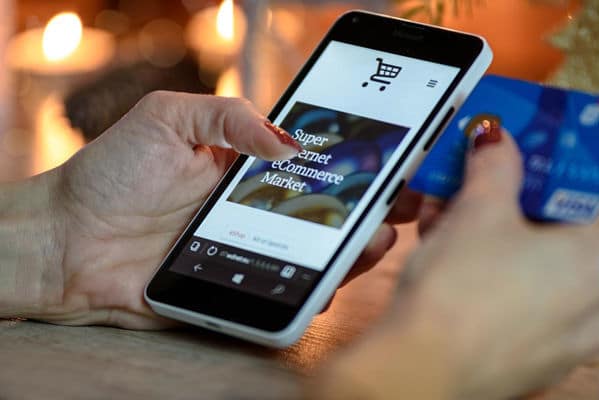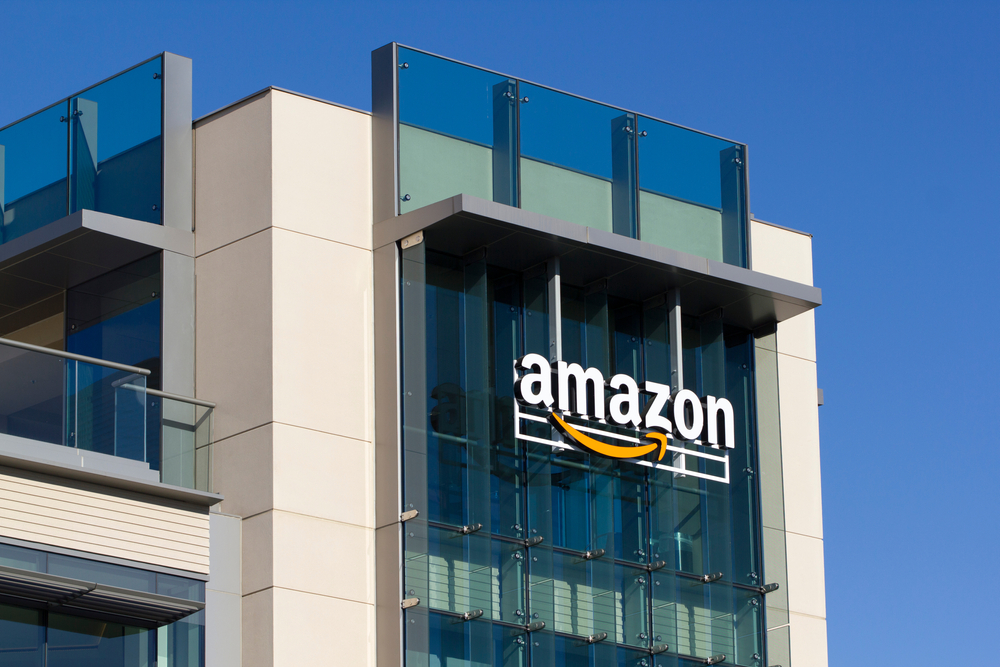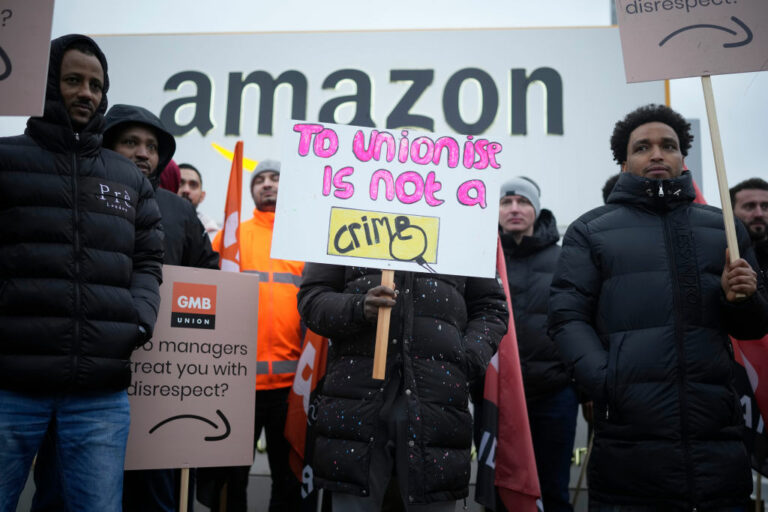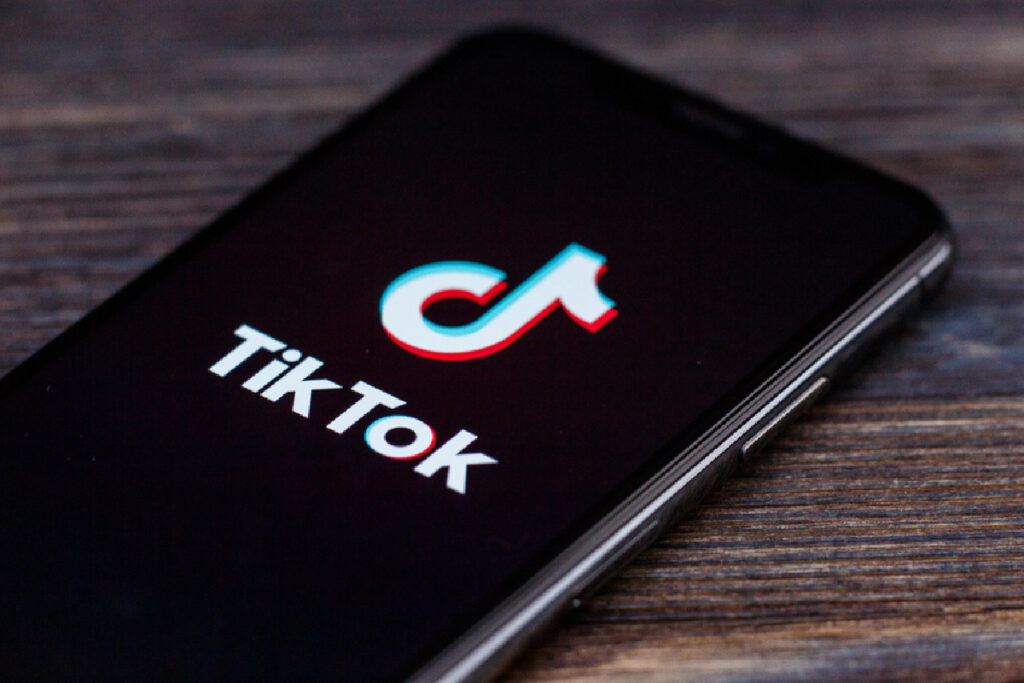The m-commerce market is taking off globally, fast becoming the number one desired method of shopping. It is predicted that by 2020, m-commerce will represent the bulk of ecommerce spending. Increased access to information and data, coupled with the large amount of time that people spend on their phones – an estimated 24 hours a week on average – has contributed to this growth.
New business models based on mobile users are increasingly emerging as m-commerce continues to monopolise more space in the retail market. In fact mobile, as a share of total e-commerce, rose from 52.4 per cent in 2016, to 63.5 per cent in 2018 and is expected to increase to 72.9 per cent by 2021.
So with all this in mind, where do the biggest opportunities in the market lie? How do retailers maintain momentum without sacrificing innovation? With technology and access to the internet continuously improving, the opportunities to upgrade m-commerce are endless.
#1 Build trust and relationships across generations
Despite the growth of m-commerce, there remains a challenge for retailers who wish to target older demographics. While millennials and younger consumers are “mobile natives”, shoppers from other generations often mistrust this new retail channel. A lack of faith in the technology that drives mobile shopping, including issues around data security, is the main barrier preventing this generation from taking the leap from traditional desktop-based e-commerce to shopping on their mobiles.
“Despite the growth of m-commerce, there remains a challenge for retailers who wish to target older demographics”
Alongside building core customer relationships, the biggest focus for the m-commerce market is to make the process of locating and buying a product as easy and streamlined as possible. If you want to attract customers and boost your retention rates, you need to build trust by demonstrating enough knowledge about each customer through personalised marketing. Using visual search as well as augmented reality to allow people to locate and “try before you buy” is becoming increasingly popular. One-click check-out and the latest payment options, including e-wallets, are also reducing points of friction in the buying process.
#2 Embrace social media and the “scrolling consumer”
A major trend that companies should utilise is distributing commerce through social media, as well as the integration of the purchase process into social media platforms that are run on mobile. Instagram’s recent implementation of the shopping feature demonstrates the benefits of m-commerce to retailers. Wish’s own platform and success is built off the fact that consumer purchases are regularly made through passive “discovery” – such as scrolling through a feed – as opposed to more active search-based shopping associated with traditional e-commerce. With the right social buying approach, retailers can quickly see social media become an effective sales platform.
Brands are able to connect with customers in a more targeted and personalised way through mobile devices, not to mention being much cheaper than traditional advertising.
“71% of shoppers have been found to prefer apps over mobile browsers when shopping on their phone”
#3 Tackle challenges head on
There are of course a number of challenges that face the market. The ability to format platforms that work quickly and seamlessly on different types of devices is one of the consistent challenges that occurs. The user experience needs to be adapted for all the various devices and models across the different markets, and with phones constantly changing and upgrading, this is admittedly difficult. Though, not impossible with the right strategy in place.
Companies that have simply adapted their desktop site for mobile, instead of following a mobile first strategy, are inevitably likely to fall behind. 71 per cent of shoppers have been found to prefer apps over mobile browsers when shopping on their phone. And with the user experience being on a smaller screen, the shopping and checkout experience needs to be easy, quick and minimalistic.
If retailers begin to fully acknowledge the different stages of the purchase-consideration process, the market will be able to tackle mobile design, engagement and optimisation much more effectively than if done in a siloed environment.
The potential of the smartphone is huge compared to other devices, as the time that we spend on mobiles is only increasing. And if the existing challenges can be tackled effectively then the future of m-commerce looks bright.
Daniela Engel is General Manager Europe (DACH + UK) at Wish
Click here to sign up to Retail Gazette‘s free daily email newsletter

















